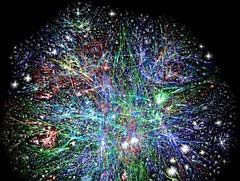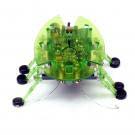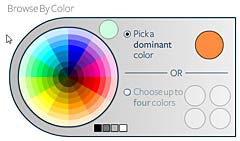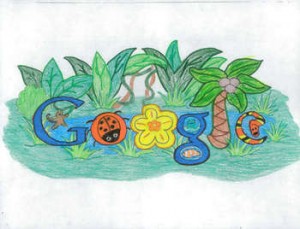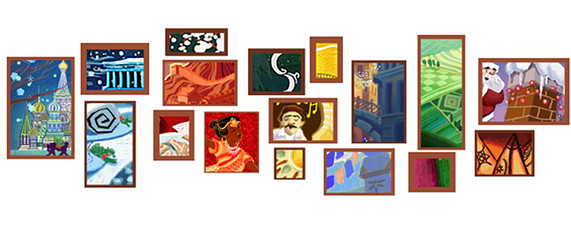last update : 3rd October 2010
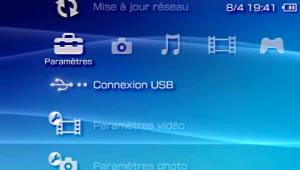
Sony PSP
Aujourd’hui j’ai mis à jour la firmware de ma playstation portable (PSP) à la version 6.20. La procédure est la suivante:
- Téléchargement du nouveau firmware : EBOOT.PBP
- Connexion de la PSP au PC à l’aide du câble USB
- Sélection du paramètre > [Connexion USB] dans le menu d’accueil
- Appui sur la touche X pour activer le mode USB. Le PC reconnaît la PSP en tant que clé USB/disque dur externe
- Ouverture du disque et installation du fichier EBOOT.PBP dans le dossier PSP/GAME/UPDATE
- Déconnexion de la PSP du PC
- Branchement du chargeur à la PSP
- Appui sur la touche Cercle pour sortir du mode USB
- Accès à Jeu > [Memory Stick]
- Appui sur la touche Croix
- Choix de la mise à jour puis validation avec la touche Croix
- Suivi des instructions à l’écran pour terminer l’installation
- Suppression du fichier EBOOT.PBP après la mise à jour
Note: si la batterie est faible, la mise à jour ne démarre pas, même si la console se trouve sur l’alimentation externe.
La mise à jour à la version 6.31 a été effectuée le 3 octobre 2010 avec succès par Internet sans passer par un PC.


